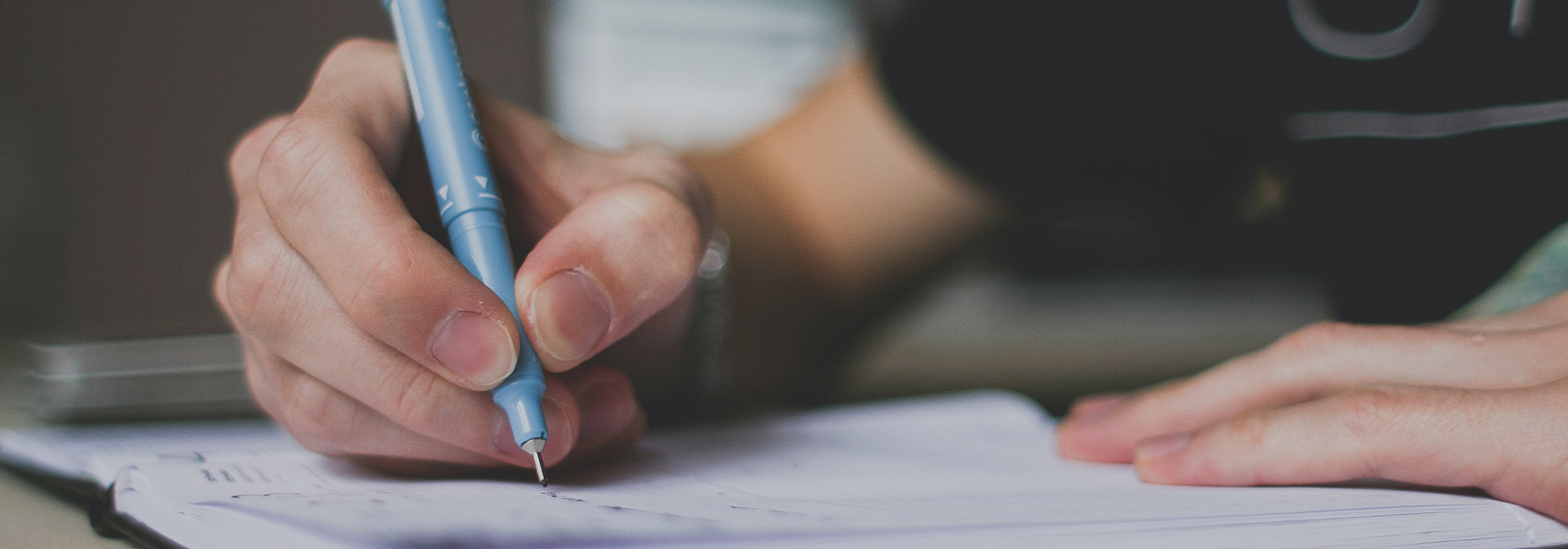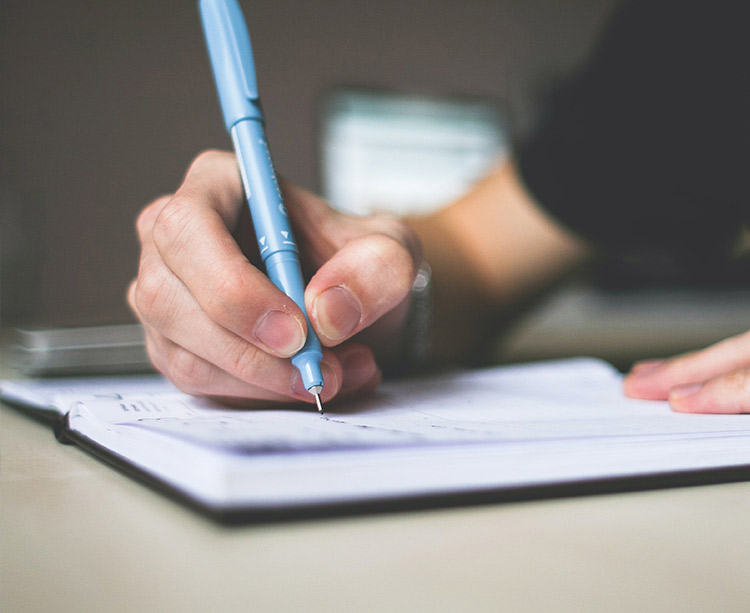There are many kinds of adhesives with different properties. Many factors need to be considered when selecting adhesives in order to achieve the ideal bonding effect. Proper selection of suitable adhesive can prolong product life, maintain efficiency and reduce cost. In general, the following factors should be considered when selecting adhesives for electronic industry:
Ⅰ Select the adhesive according to the chemical properties of the bonding substrate:
1. Adhesives with strong polarity shall be selected for bonding polar materials (such as steel, aluminum, nickel, ceramics, etc.), such as epoxy resin adhesive, polyurethane adhesive, acrylate adhesive, inorganic adhesive, etc.
2. Acrylate adhesive and unsaturated polyester adhesive shall be selected for bonding weak polar materials and non-polar materials (such as paraffin, asphalt, ABS / plastic, polyethylene / PE, polyethylene, etc.).
Ⅱ Select the adhesive according to the physical properties of the bonding substrate:
1. Thermosetting resin adhesives with high strength, high hardness and not easy to deform can be selected for bonding brittle and rigid materials (such as ceramics, glass, cement and stone), such as epoxy resin adhesive, phenolic resin adhesive and unsaturated polyester adhesive.
2. Adhesive with good elasticity and certain toughness shall be selected for bonding elastic and ductile materials (such as rubber, leather, plastic, film, etc.). Such as epoxy resin adhesive, polyurethane adhesive, rubber adhesive, polyvinyl acid ethyl ester adhesive, etc.
3. for bonding porous materials (such as foamed plastics, sponges, fabrics, etc.), adhesives with high viscosity shall be selected, such as epoxy resin adhesive, polyurethane adhesive, polyacrylic acid monoester adhesive, rubber adhesive, hot melt adhesive, etc.
Ⅲ Select the adhesive according to the use conditions and environment:
1. When the bonded part is subjected to uneven peeling force and pulling force, the adhesive with good toughness can be selected, such as rubber adhesive, polyurethane adhesive, etc.
2. When the adhesive is subjected to uniform pulling force and shear force, hard and brittle adhesive can be selected, such as epoxy resin, acrylic adhesive, etc.
3. When the adhesive is used in the sealed environment without oxygen or isolated from air, anaerobic adhesive can be selected.
4. When water resistance is required for bonding parts, epoxy resin adhesive, acrylic adhesive, etc. shall be selected; When the oil resistance is good, choose epoxy or silicone adhesive.
5. Select different adhesives according to the service temperature of the bonding parts. For example, epoxy resin is suitable for use below 120℃, and rubber adhesive is suitable for use below 80℃; Organic silica gel is suitable for use below 200℃; Inorganic glue is suitable for use above 500℃.
6. Select adhesives according to different processes: the pouring adhesive usually adopts solvent-free and low viscosity adhesive; Paste and paste adhesives are often used for sealing.
7. Select adhesives with different properties according to the special requirements of bonding parts: for example, functional adhesives shall be selected for conductivity, heat conduction, high temperature resistance and low temperature resistance.




